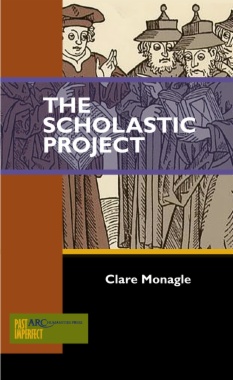This is a somewhat polemical, and very passionate, plea for more work not only about the house that scholasticism built, but those who were excluded from it.This book is the story of how scholastic theology defined this universal subject in terms of the reasonable white man and a catalogue of the exclusions which ensued. The categories of woman, Jew and heretic were core others against which ideal Christian subjectivity was implicitly defined, and this book shows just how constitutive these ‘others’ were for the production of orthodoxy in the Middle Ages.
- Cover
- Contents
- List of Illustrations
- Acknowledgements
- Introduction
- Chapter 1 — Woman
- Chapter 2 — The Heretic
- Chapter 3 — The Jew
- Conclusion
- Further Reading
- Illustrations

